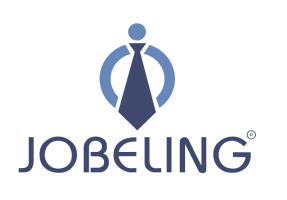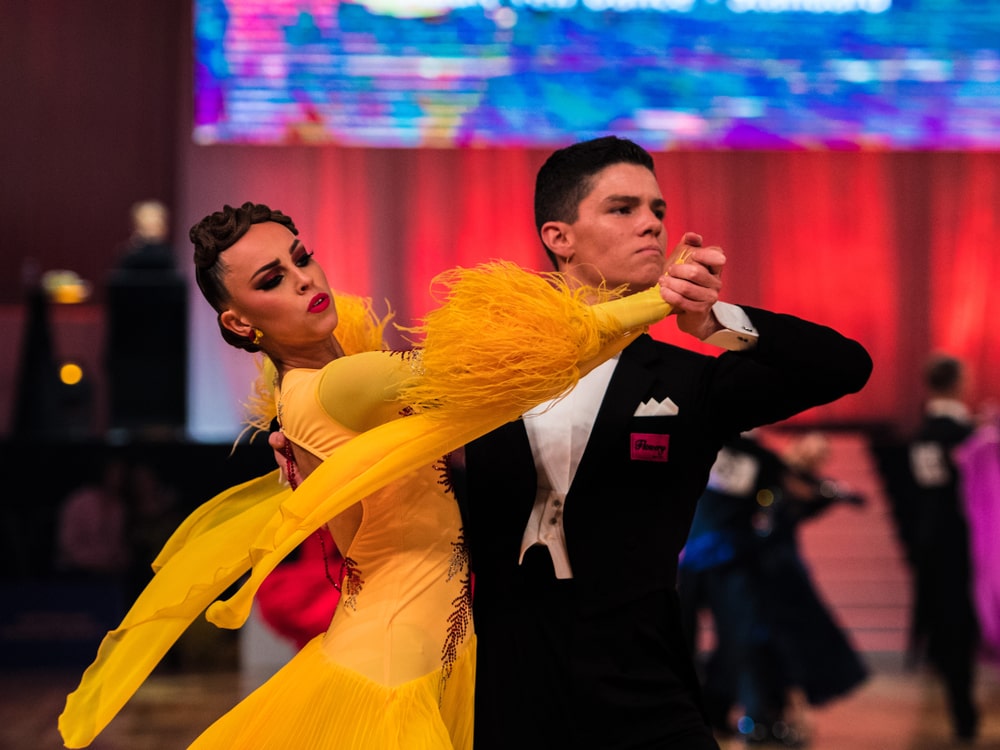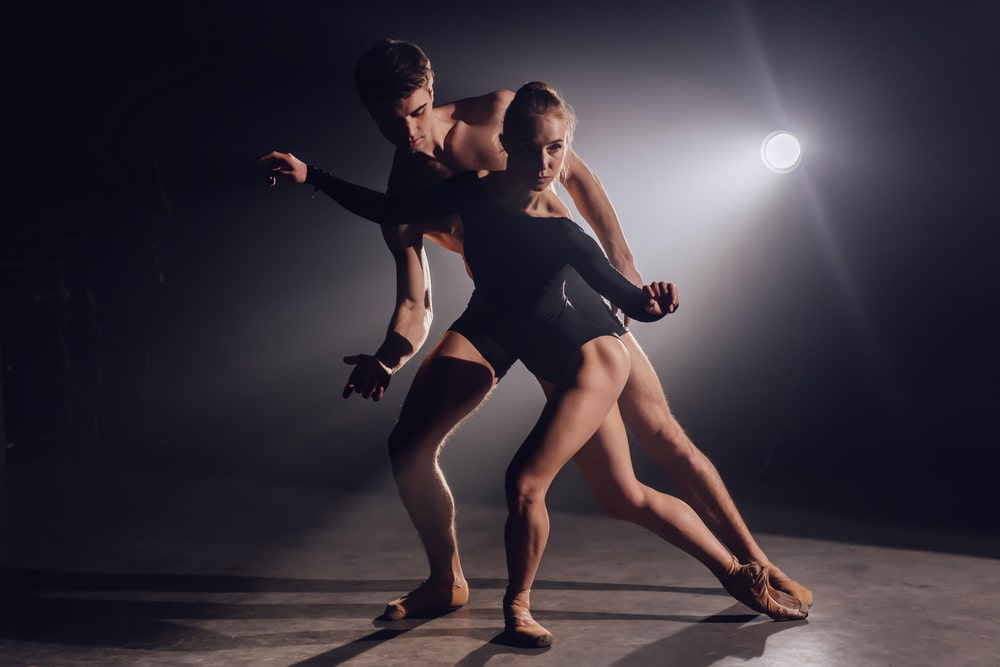
A well-crafted dance resume can make a lasting impression on casting directors, choreographers, and dance agencies. Whether you’re auditioning for a professional company, applying to a dance program, or seeking freelance opportunities, having a polished resume is essential. This guide by Jobeling explores inspiring dance resume examples and provides actionable tips to help you highlight your skills, achievements, and unique talents effectively.
Contents
- 1 Understanding the Importance of Dance Resume Examples
- 2 Key Components of an Effective Dance Resume
- 3 Showcasing Your Training and Education
- 4 Adding Special Skills and Achievements
- 5 Formatting Your Dance Resume for Success
- 6 Creating a Digital Portfolio to Complement Your Resume
- 7 Emerging Trends in Dance Resumes
- 8 FAQs
- 9 Conclusion
Understanding the Importance of Dance Resume Examples
Dance resumes are unique because they combine elements of artistry and professionalism.
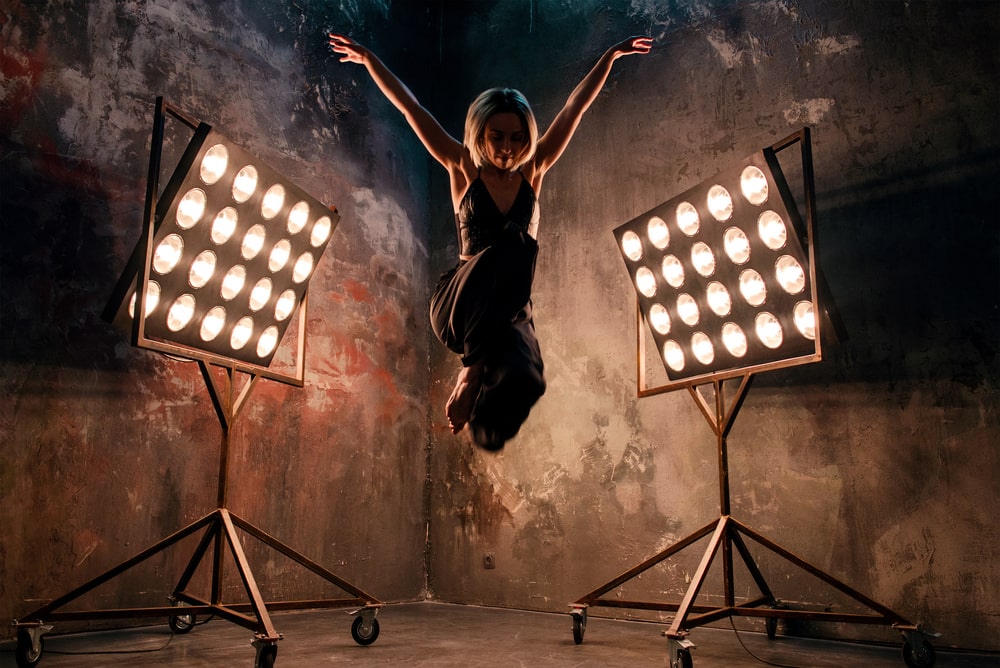
Learning from inspiring dance resume examples can help you craft a document that highlights your strengths and aligns with industry expectations.
Why a Dance Resume Matters
A dance resume is not just a list of your experiences—it’s a tool that tells your story as a performer. Casting directors and choreographers often sift through numerous resumes, and yours needs to stand out by presenting a clear and compelling overview of your abilities. Dance resume examples can inspire you to format your information in a way that is both professional and visually appealing. A strong resume demonstrates your attention to detail, organizational skills, and passion for dance.
What Makes a Dance Resume Unique?
Dance resumes differ significantly from traditional resumes because they focus on your artistic and physical attributes. While conventional resumes emphasize professional achievements and academic qualifications, dance resumes prioritize your training, performance experience, and technical skills. For example, listing your height, weight, hair color, and dance styles is essential, as these details help choreographers and casting directors determine if you match their vision for specific roles. Moreover, dance resumes often include specialized sections, such as awards, certifications, and unique talents like aerial acrobatics or stage combat, which enhance your marketability. Including these elements ensures that your resume aligns with industry expectations while showcasing your individuality.
Key Components of an Effective Dance Resume
The key components of a strong dance resume can be identified by studying successful dance resume examples. These elements ensure your resume is complete, visually appealing, and aligned with industry standards.
Personal Information
The personal information section of a dance resume is the first thing casting directors see, making it crucial to present this section professionally. Your full name should appear prominently at the top, followed by your contact details, such as your phone number, email address, and city of residence. Including a professional headshot is also standard practice in dance resumes. This headshot should be current, high-quality, and reflective of your personality while maintaining a polished appearance. Additionally, listing physical details such as height, weight, and hair color is important, as casting teams often consider these factors when selecting dancers for specific roles.
Performance Experience
Your performance experience section is the core of your dance resume, as it highlights the breadth and depth of your expertise. When listing performances, provide detailed information, including the production title, your role, the company or choreographer, and the year of the performance. For example:
“The Nutcracker – Snow Queen, XYZ Ballet Company (2021), choreographed by Aaron Blackwell.”
This format gives casting directors a clear understanding of your previous work and the diversity of your roles. If you’re new to the industry, include school or community performances to demonstrate your foundational experience. Each entry in this section should convey your ability to adapt to different styles, roles, and settings, showing your versatility as a dancer.
Showcasing Your Training and Education
A strong focus on your training and education is a hallmark of effective dance resume examples.
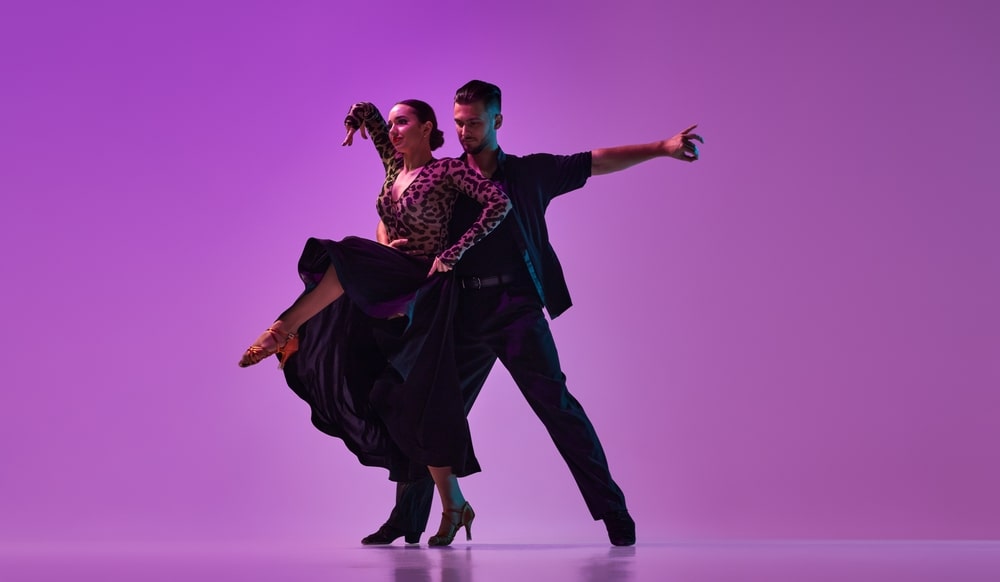
Highlighting your background in this area shows your commitment to developing your skills and artistry.
Dance Training
The dance training section is your opportunity to showcase your educational background and technical foundation. Include the schools, academies, or studios where you’ve trained, specifying the years of training and the instructors or choreographers you’ve worked with. For example:
“ABC Dance Academy – 5 years of classical ballet training under Jane Doe.”
If you’ve attended workshops or masterclasses with renowned choreographers, highlight them here as well. Mentioning intensive programs or residencies demonstrates your commitment to honing your craft. For dancers with training in multiple styles—such as jazz, contemporary, and hip-hop—listing these styles emphasizes your adaptability, making your resume more appealing to a variety of choreographers and productions.
Academic Background
While not always the focus of a dance resume, including your academic education can provide additional context about your well-roundedness. For instance, if you’ve completed a degree in dance or performing arts, mention the institution and your graduation year. If your academic background is unrelated to dance, consider including it briefly in a separate section.
Adding Special Skills and Achievements
Special skills and achievements are frequently highlighted in the best dance resume examples. These sections allow you to stand out by showcasing talents that enhance your value as a performer.
Specialized Skills
The specialized skills section allows you to highlight unique abilities that set you apart from other dancers. This could include acrobatics, aerial silks, pointe work, or proficiency in specific dance styles like salsa or tap. For example:
- “Proficient in acrobatics, including back handsprings and aerial cartwheels.”
- “Skilled in traditional Indian Bharatanatyam and contemporary fusion.”
Mentioning additional talents, such as playing a musical instrument, stage combat, or fluency in multiple languages, can further enhance your resume. These skills not only make you more versatile but also increase your chances of being selected for roles requiring diverse abilities.
Awards and Recognitions
Including awards and recognitions in your dance resume showcases your accomplishments and validates your talent. For instance, if you’ve won a regional dance competition or been recognized as an emerging choreographer, list these accolades prominently. Example entries might include:
- “Winner, Regional Contemporary Dance Championship (2022).”
- “Recipient, Outstanding Performance Award, XYZ Dance Festival (2021).”
Even smaller achievements, like honorable mentions or scholarships, contribute to a strong resume by demonstrating your dedication and success in the field. Awards can also indicate your ability to stand out in competitive environments, making you an appealing candidate for high-profile projects.
Formatting Your Dance Resume for Success
The layout and design of your dance resume are just as important as the content.
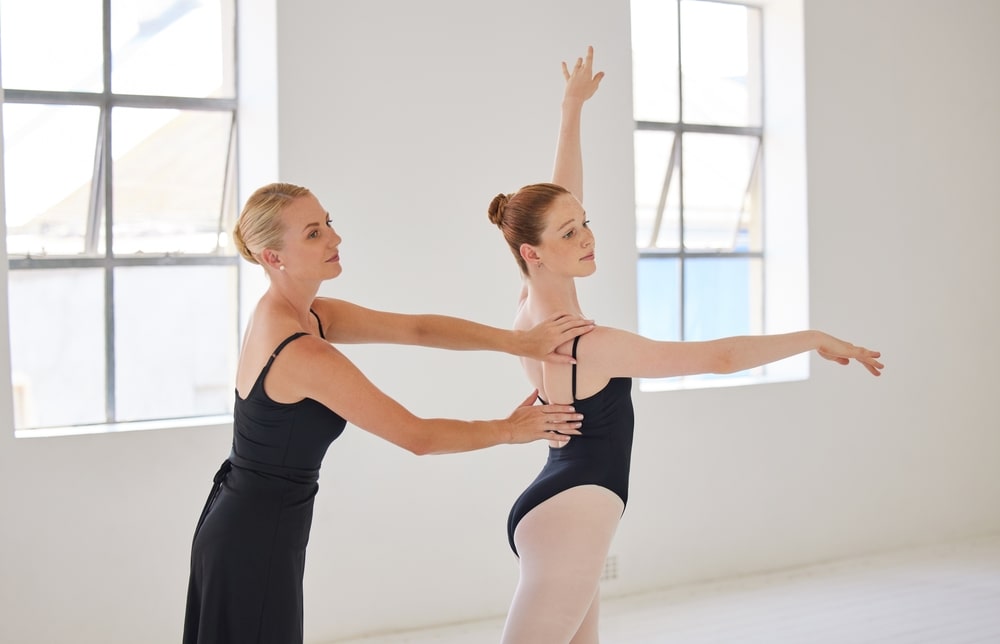
A clean, professional format ensures your information is easy to read and visually appealing.
Structuring Your Resume
The structure of your dance resume significantly impacts how casting directors perceive your professionalism. A clear and organized format ensures your information is easy to navigate, even during quick scans. Divide your resume into distinct sections with bold headings, such as Personal Information, Performance Experience, Training, and Skills. Arrange each section in reverse chronological order, starting with the most recent or significant entries. Keep the content concise while maintaining clarity, as dance resumes are typically limited to one page. If you have extensive experience, focus on highlighting the roles and achievements most relevant to the opportunity you’re pursuing.
Design Tips for Dance Resumes
The design of your dance resume should balance creativity with professionalism. Use a clean layout with legible fonts and consistent spacing to ensure readability. Avoid using overly decorative elements, as they can distract from the content. Subtle use of color or borders can enhance visual appeal without overwhelming the design. For digital submissions, save your resume as a PDF to maintain formatting. If you’re printing your resume, opt for high-quality paper to leave a lasting impression. A visually polished resume reflects your attention to detail and dedication to presenting yourself professionally.
Creating a Digital Portfolio to Complement Your Resume
A digital portfolio is an excellent way to showcase your skills alongside your dance resume. It allows casting directors and choreographers to view your work in action.
What to Include in a Digital Portfolio
A digital portfolio complements your dance resume by showcasing your skills through visual and interactive elements. Include professional photos, performance videos, and testimonials to provide casting directors with a comprehensive view of your talent. Ensure that your videos highlight your versatility, such as a contemporary solo, a group performance, or a choreography sample. Testimonials from instructors or choreographers can add credibility and context to your achievements. Hosting your portfolio on platforms like YouTube, Vimeo, or personal websites makes it easily accessible and demonstrates your adaptability to modern industry practices.
Choosing a Platform
Choosing the right platform for your digital portfolio is crucial for effective presentation. Platforms like Vimeo and YouTube are ideal for hosting videos, while specialized portfolio websites like Squarespace or Wix allow you to create a more tailored experience. Ensure your portfolio is mobile-friendly, as casting directors often review submissions on their phones or tablets. Include clear navigation and concise descriptions for each section, making it easy for viewers to find relevant content. Adding your digital portfolio link to your resume ensures that it complements your application seamlessly, providing a complete picture of your skills and achievements.
Emerging Trends in Dance Resumes
The dance industry continues to evolve, and modern dance resume examples often incorporate innovative elements to keep up with these changes.
Highlighting Virtual Performances
Virtual performances became more prevalent during the pandemic and continue to be relevant. Include any online productions or digital showcases you’ve participated in to demonstrate adaptability.
Emphasizing Diversity and Inclusion
Choreographers increasingly value performers with diverse backgrounds and skills. Highlighting your cultural influences or unique dance styles can make your resume more appealing.
FAQs
What should I include in my dance resume?
Your dance resume should include personal details, performance experience, training, education, special skills, and awards.
How can I make my dance resume stand out?
Focus on highlighting your unique skills, diverse training, and notable achievements. Use a clean and professional format.
Should I include a headshot on my dance resume?
Yes, a professional headshot is a standard inclusion for dance resumes, helping casting teams remember you.
How long should a dance resume be?
A dance resume should ideally be one page, showcasing the most relevant and impactful information.
Are digital portfolios necessary for dancers?
While not mandatory, a digital portfolio adds value by showcasing your performances and versatility in action.
Conclusion
Crafting an exceptional dance resume is your first step toward showcasing your talent and landing exciting opportunities. Whether you’re a seasoned performer or just starting your journey, a well-crafted resume can open doors to auditions and collaborations. At Jobeling Talent Agency, we connect talented dancers with top-tier opportunities. Join our waitlist today and take the next leap in your dance career!
